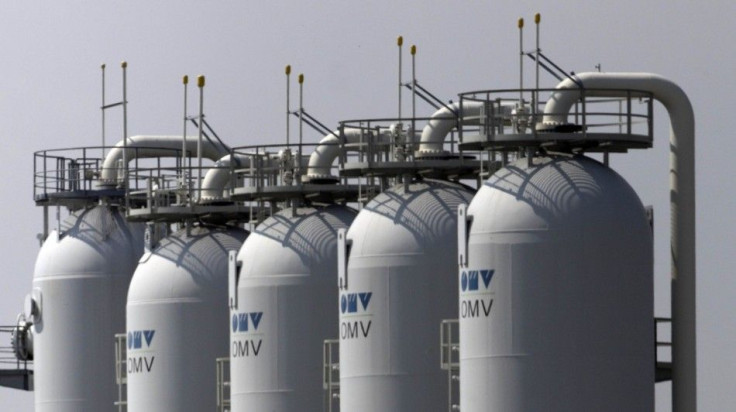LNG To Overtake Coal As Australia’s 2nd Biggest Export In 2018

An HSBC report confirmed previous speculations that Australia would dislodge Qatar as the world's biggest liquefied natural gas (LNG) exporter in 2018. Its major markets would be mainly Asian nations, particularly China, Japan, Korea, Taiwan and India.
The rise to the top in the global LNG export market would also result in the gas displacing coal as the country's top export commodity next to iron ore. As early as 2015, Australia's gas export boom expects to start when LNG export volumes go up 70 percent, while for the next three years it would increase to 42 percent yearly, AAP reports.
According to the HSBC Downunder Digest, LNG export volumes would dramatically increase with the completion of seven new LNG projects being built across the country. In 2015, the Gorgon project in Western Australia and the QCLNG project in Queensland would be completed.
The spike in volume of production would account for 0.7 percent of Australia's gross domestic product growth rate in the next three years.
The report said that despite the LNG plant owners being foreigners, which would mean profits would be repatriated overseas, the economic boost would come from tax revenues in the form of corporate taxes and state royalties.
However, the HSBC report warned the rise in the export market would be bad for the domestic market as supply is diverted to the more lucrative overseas market.
YouTube/Reuters Plus






